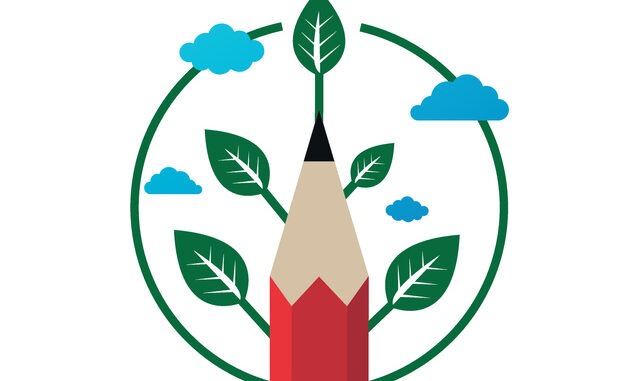Helen Burge, deputy COO, The Priory Learning Trust, talks about the importance of reducing your school’s environmental impact by putting sustainability at the heart of the procurement process
As school business professionals we are focused on school resource management and how our procurement can obtain value for money. For some schools the sustainability aspect of procurement is already a given; but that isn’t the reality for a lot of schools. What if your school needs a culture shift towards being sustainable in its procurement practices and yet there is little or no appetite to make the changes due to blockages?
Who are the blockers? Who is the natural champion of sustainable procurement in addition to you as SBP? How can you activate them to do more communicating about the green agenda? Who has high influence and low support? How do you manage them?
It would help to bring sustainability up your setting’s agenda by including it on the strategic plan and within your policies. Consider your school’s approach to sustainability and its targets. When you next review your policies, consider how sustainability can be threaded through them. It’s probably already mentioned in curriculum policies. What about your procurement or finance policies? Do you have a sustainability policy?
We know that small changes in our habits can have an impact on reducing waste – for example, the removal of single use plastics or choosing to refill a water bottle rather than buy another bottle. By considering procurement as a process which starts with the idea that something is needed, and ends when we pay for its disposal, we can truly consider the sustainability of the resources we manage.
Considering the hierarchy of waste (Refuse, Reduce, Reuse, Repurpose, Recycle) – especially the first three steps, which take place before additional purchases are made – could reduce your waste costs and will reduce the amount going to landfill.
A school resource amnesty is a real eye-opener as to how often purchases are made out of habit rather than necessity. To avoid this, going forward, you could consider a centralised stationery cupboard. This will take time to set up successfully, and could create other issues (for example, no-one informing the office when the last box of photocopier paper is opened…) but, with practice, it could work. The next step would be a cross-curricular collaborative purchasing exercise.
Once you’ve established that a purchase definitely is required, you’ll need to consider the supplier’s green credentials. You could create a list of eco-friendly suppliers – based on your own prerequisites – which could be encompass their packaging, locality, fair trade, bee-friendliness and recycled product range. Also consider the recycling opportunities they offer, or their community engagement and social benefits, as well as price and ability to deliver on time – in an electric vehicle, not a dinosaur-juice powered one! Can you feedback to suppliers to encourage them to change their practices, for example, to reduce the number of deliveries, or switch to e-invoices. Could you learn from their sustainability practices?
Having the conversation, learning and then implementing change is key, as everything needs to change – and it has to start today!
This is an edited version of an article written by Helen Burge for Education Executive magazine. You can read the originally published version of this article in Education Executive via our Magazine | Edexec page



Be the first to comment